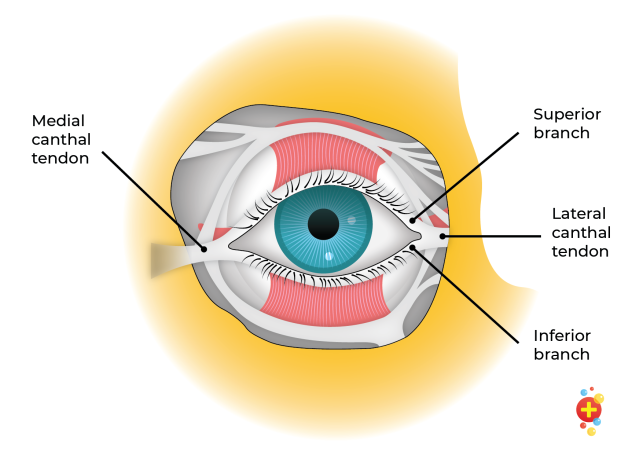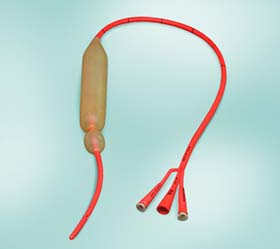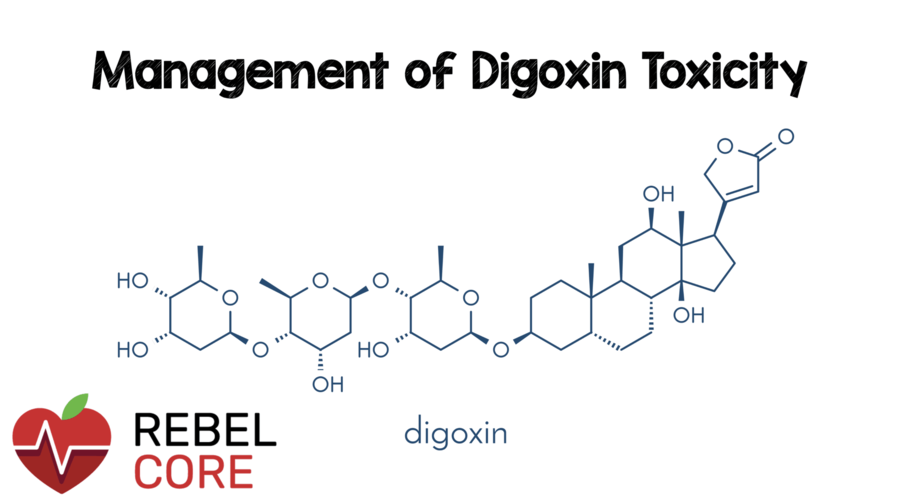Revision Resources
Recent Posts View All
March FOAMed
Lateral Canthotomy

On a cold, wet January evening, M.J., a 14-year-old boy, walks into the emergency department. Accompanied by his mum and sporting a black eye and facial abrasions, he tells me how he fell from his e-scooter while travelling at approximately 15kph without a helmet. He describes how he fell and struck his face off the ground. He denies any loss of consciousness and apart from the evident facial injuries he denies any other injuries. He denies any headache and there has been no vomiting. He is unable to open his left eye due to swelling.
Febrile Convulsion Myths

Febrile convulsions are really common in children. For parents, they’re absolutely terrifying to watch. As clinicians, it’s so important that we give accurate advice and information to families, in order to help bust those febrile convulsion myths.
Febrile seizures (or convulsions) are seizure episodes that happen to young children in the context of a febrile illness. The child may have just a regular upper respiratory tract infection, and they have a febrile seizure during the illness.
In some cases, the child might not actually have a fever at the time they have the convulsion, but they may develop a fever a few hours later.
Sengstaken-Blakemore Tubes

2 weeks ago, I had a patient presenting with an upper GI bleed. Despite aggressive treatment, the patient was still hypotensive and actively bleeding. Unfortunately, the GI fellow was on home call and further than expected from the hospital, but after telling him, “I’m placing a Blakemore,” he hurried in. That was a lie, I didn’t actually place a Blakemore; but GI did come to scope the patient. But should I have? When do I do it? Why do I do it? How do I do it? Let’s answer those questions.
Digoxin Toxicity

A 78-year-old woman is brought in by EMS after her husband called 911 for increased confusion associated with intractable vomiting. On arrival to the emergency department (ED), the patient is altered with a heart rate of 48 and a blood pressure of 68 over palpation. EMS was able to insert a peripheral IV line and provide initial fluid resuscitation. The patient’s medication list includes Metformin, Furosemide, Diltiazem, Digoxin, and baby aspirin. The cardiac monitor displays a bradycardic irregularly irregular rhythm.
Are you sure you wish to end this session?

